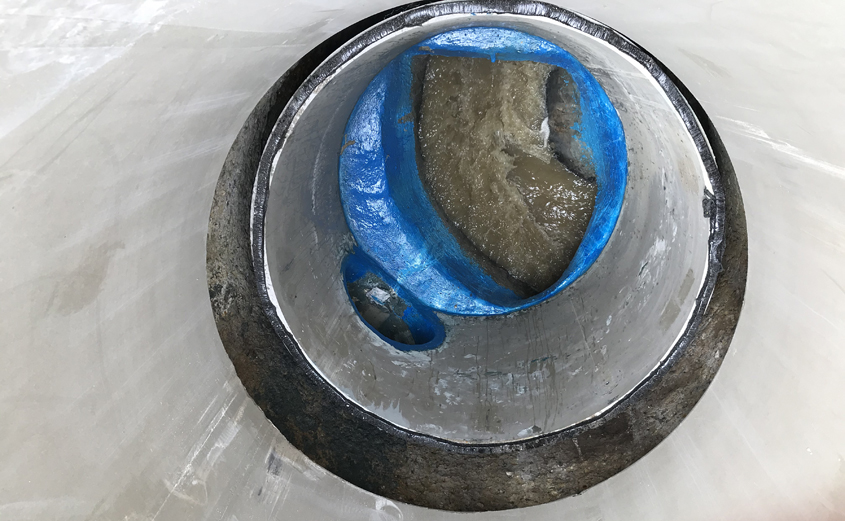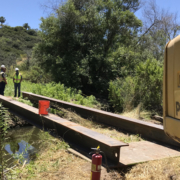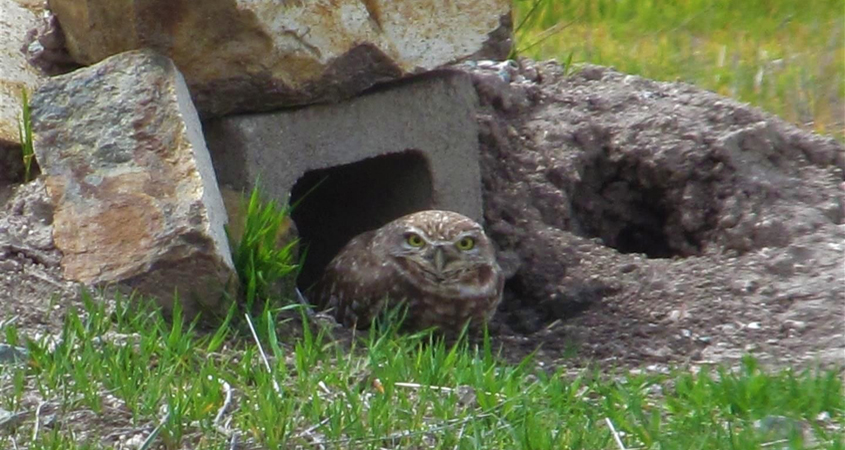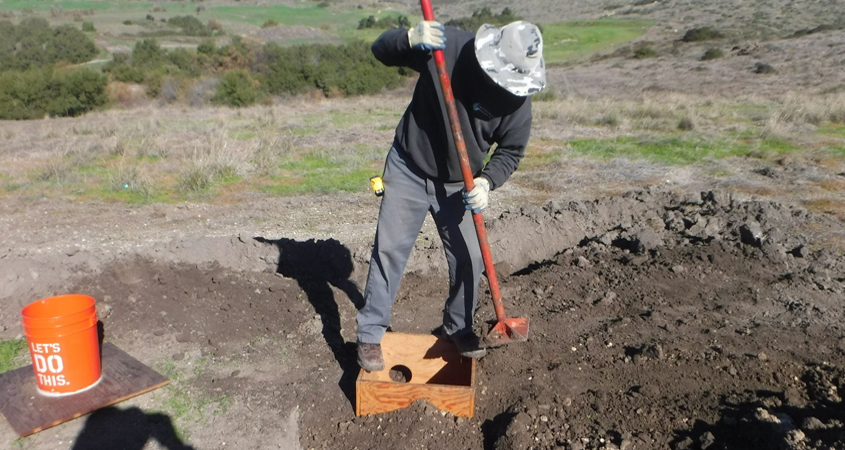Vallecitos Water District Crews Rehab Manhole, Protecting Environment
Vallecitos Water District crews sprang into action to repair and rehabilitate a manhole in danger of failing, successfully preventing a spill, which could have resulted in significant environmental damage.
Located just off Palomar Airport Road in a shared 30-foot easement with the Buena Sanitation District in Carlsbad, the manhole is part of a 30-inch outfall providing a main sewage drain for the City of San Marcos. The line feeds directly into the Encina Wastewater Treatment plant a half-mile from the project site.
Originally constructed in the 1980s, turbulence generated by a hard right-turn along the sewer easement creates hydrogen sulfide gases. These gases corrode concrete and weakened the manhole over the years. Flooding also occurs in the area and allows rainfall to infiltrate the manhole.
Preventing harm to sensitive habitat areas
Vallecitos Water District staff became concerned the structure could fail. The result would be a major sewage spill affecting the nearby Encinas Creek Habitat Conservation Area, ultimately spilling into the Pacific Ocean a mile downstream. The Habitat Conservation Area is owned by the Center for Natural Lands Management, which supports its management through an endowment.
The Encinas Creek HCA is also part of the City of Carlsbad’s habitat management preserve. It includes riparian habitat and is known to be home to state and federally protected species. The Center for Natural Lands Management works to protect the property from trespassing, nonnative invasive plant and animal species, and other issues.
The District determined emergency repairs were required. Although the Vallecitos Water District has proper easement rights to access, operate, and maintain the pipeline, the agency must avoid any impact to the existing habitat while repairing the manhole. This required some creativity by the work crews.
Creative thinking provides access for repairs

A look at the newly repaired manhole. Photo: Vallecitos Water District
The District kept all construction activities within its existing easement to avoid any impacts to existing riparian vegetation. Crews constructed a temporary bridge over an existing stream obstructing access to the manhole. The bridge installation was designed to be temporary, and not affect the existing stream with footings or other supports. Constructing the bridge for access turned out to be the most complex part of the repair project.
District crews working with a contractor team took advantage of the lower sewage flow during the early morning hours, starting work at 3 a.m. to get as low into the waterline as possible. Repairs like this take advantage of the low flows to keep critically important sewer systems in operation.
Instead of replacing the manhole, the District used a polymer concrete replacement product to build a new manhole within the old manhole. As a result, no excavation was needed. Unlike regular concrete, the new material is corrosion-proof and should provide District customers in San Marcos with many years of reliable service while protecting the environment.







